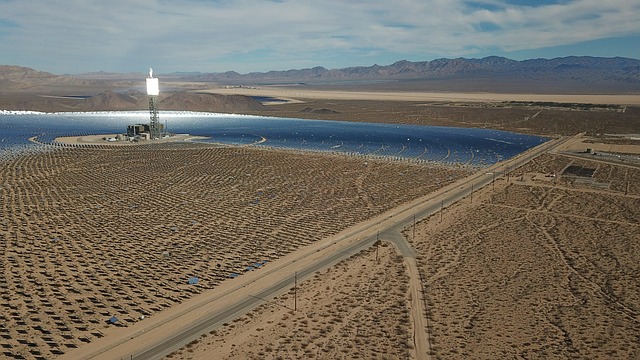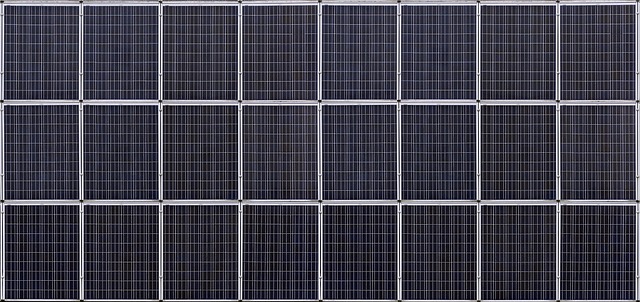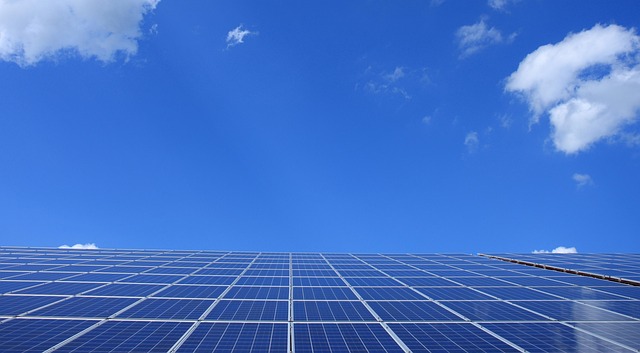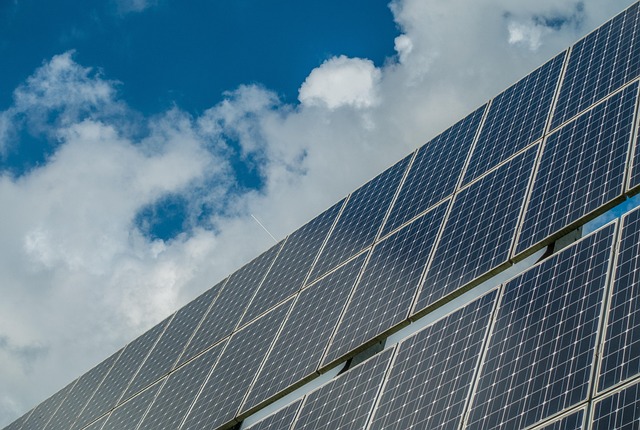Incentives like rebates, tax credits, and reduced loan interest rates significantly reduce upfront costs for eco-friendly home upgrades through various regional, state, and federal programs. Real estate professionals must understand these programs to guide clients towards informed decisions, making the market more competitive while encouraging environmentally responsible choices. By staying informed about available grants, tax credits, and rebates for features like solar panels, insulation, and HVAC systems, property owners can minimize installation costs and achieve long-term energy savings in their real estate investments.
In today’s competitive real estate market, understanding incentives and rebates can significantly offset installation costs. This article explores how these powerful financial tools can benefit property owners. From renewable energy systems to energy-efficient upgrades, we delve into strategies that maximize savings while enhancing home value from a real estate perspective. Discover how to navigate this landscape to make informed decisions and stay ahead in the market.
Understanding Incentives and Rebates: A Real Estate Perspective
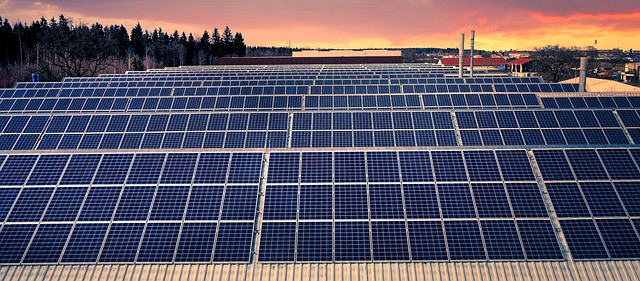
Incentives and rebates play a significant role in the real estate market, offering buyers and investors attractive options to offset installation costs. These financial incentives are becoming increasingly popular as a way to stimulate home improvement projects and encourage the adoption of energy-efficient technologies. For real estate professionals, understanding these programs is key to assisting clients in making informed decisions.
When it comes to real estate, incentives and rebates can provide substantial savings for property owners. Whether it’s a tax credit for installing solar panels or a cash rebate on energy-efficient appliances, these offers can significantly reduce upfront installation costs. Real estate agents and brokers who are well-versed in local incentive programs can guide buyers towards properties that come with such benefits, making them more competitive and appealing in today’s market.
How These Financial Tools Can Offset Installation Costs
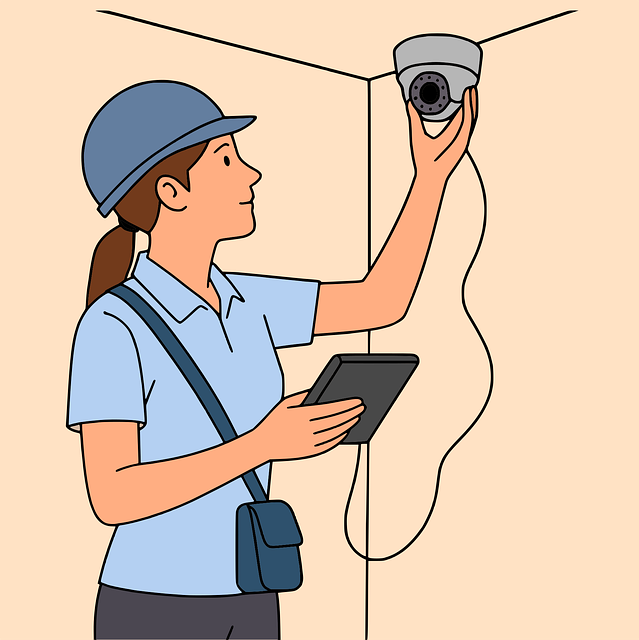
Incentives and rebates are powerful financial tools that can significantly offset installation costs in the real estate sector. When purchasing new equipment or systems, such as energy-efficient appliances or renewable energy panels, homeowners may encounter substantial upfront expenses. However, various regional, state, and federal programs offer incentives to make these installations more affordable. These incentives often come in the form of direct rebates, tax credits, or reduced interest rates on loans specifically designed for home improvements.
By leveraging these financial tools, property owners can substantially decrease their out-of-pocket expenses, making their desired upgrades more accessible and cost-effective. For instance, a rebate program might offer a set amount per installed solar panel, reducing the overall investment needed to adopt clean energy technologies. Similarly, tax credits for energy-efficient appliances can make these purchases more appealing, as they directly lower the tax liability of homeowners who make environmentally conscious choices.
Strategies for Property Owners to Maximize Savings Through Incentives and Rebates

Property owners looking to offset installation costs through incentives and rebates can maximize their savings by being proactive and informed. Firstly, research local, state, and federal programs offering financial assistance for energy-efficient upgrades. These might include grants, tax credits, or direct rebates on items like solar panels, insulation, or high-efficiency HVAC systems. Staying updated on eligibility criteria and application deadlines is key to securing these benefits.
Additionally, consider partnering with qualified contractors who are knowledgeable about available incentives. They can guide property owners through the process, ensuring compliance with regulations and helping them choose the most cost-effective solutions for their real estate investment. Leveraging these strategies not only reduces upfront installation costs but also contributes to long-term energy savings and a more sustainable living environment.
